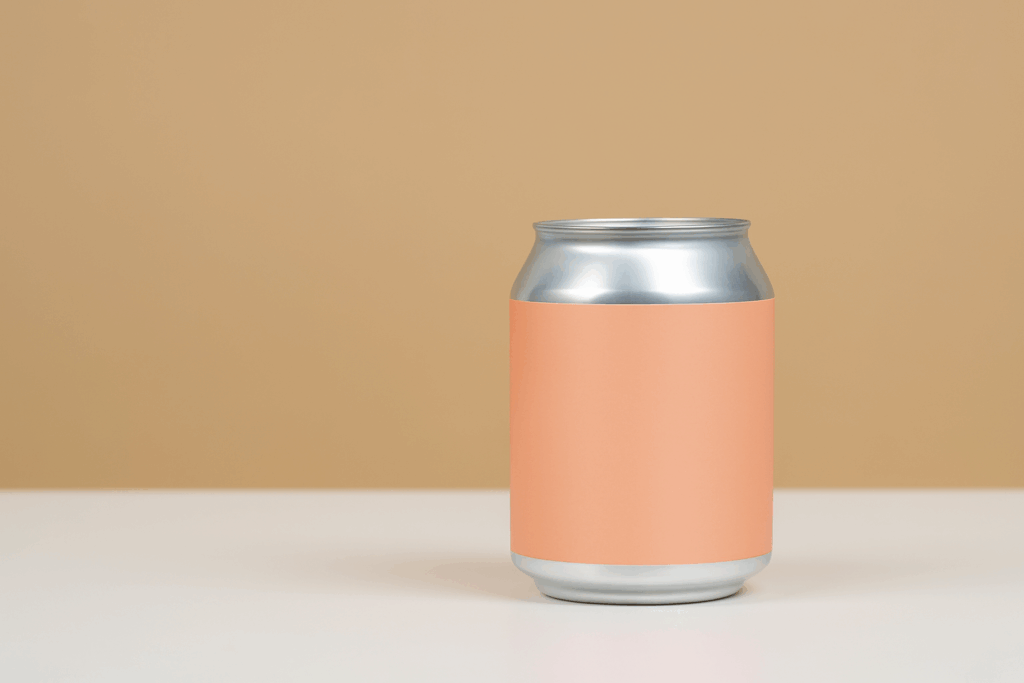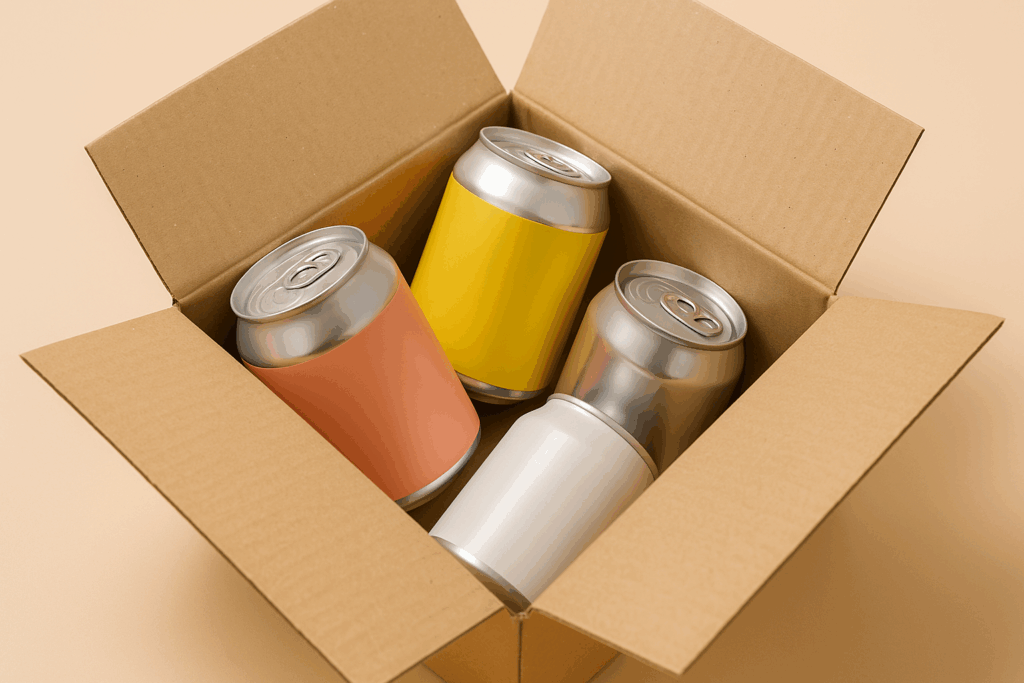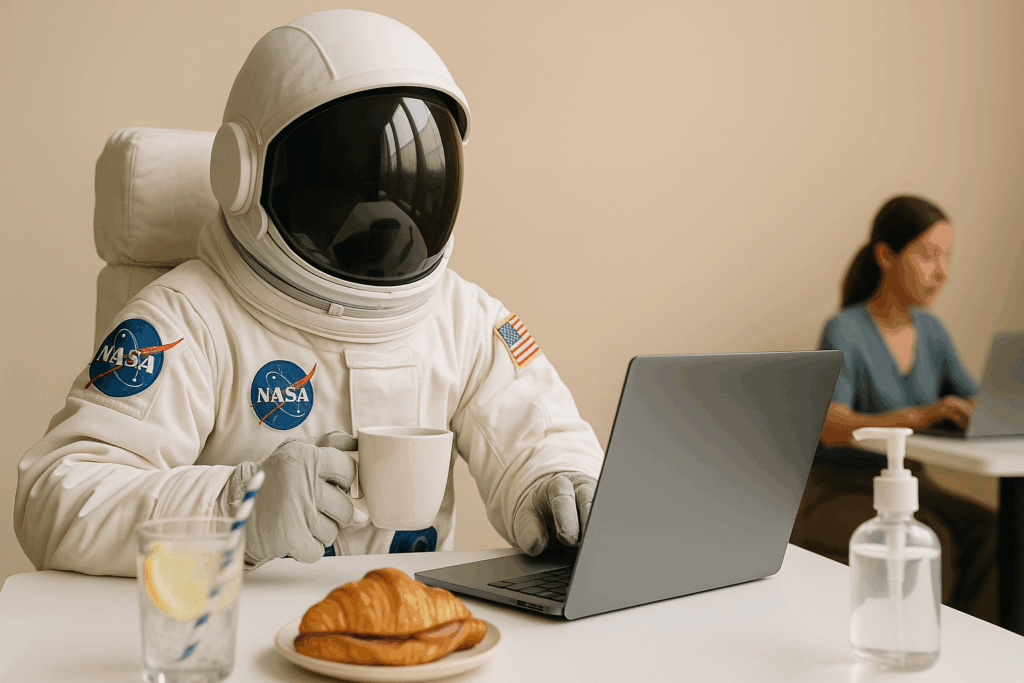Customers notice how your product feels and appears before they use it, and consistency, appearance, and packaging all communicate a brand’s trustworthiness, which is why design is often where trust begins.
For this reason, branding and design services are important. They do more than just make things appear nice but they also help convert first-time consumers into devoted patrons, influence perception and establish trustworthiness.
In this blog, we’ll look at how expert branding and design services build trust and why careful design is crucial in the cutthroat market of today.
Brand Identity Built Through Packaging
Packaging serves as a reflection of your brand identity and is more than just a container. Customers can determine whether you’re bold and contemporary or sophisticated and high-end based on the colors, typography and images you choose. For example, Coca-Cola’s famous red labelling evokes feelings of familiarity and excitement.
Brands may guarantee uniformity in product packaging, internet marketing and in-store branding by working with an expert branding and design services. Because of the smooth brand experience this alignment produces, customers are more likely to recall and use the product again.
Packaging as a Bridge Between Product and Consumer
A product’s packaging frequently serves as the initial point of contact between a customer and the product which establishes relatability and trust. When executed well, it closes the gap between customer expectations and brand promise.
Packaging should not only be seen, but it also needs to be felt and remembered. This is where planning comes into play. Think about these ways in which packaging connects with consumers:
- Emotional triggers: Colors and images can generate feelings of trust, exhilaration, or nostalgia.
- Transparency: Product labels that make explicit assertions about sustainability and source gain credibility.
- Experience-driven design: From premium glass bottles to resealable snack packs, experience-driven design improves usefulness.
Sustainable Design as a Competitive Advantage
Sustainability is no longer just a “nice to have” in today’s food and beverage market. Many consumers, especially Millennials and Gen Z, are choosing items based on the packaging’s representation of the brand’s ideals in addition to their usefulness. According to Nielsen, 73% of consumers worldwide believe they would alter their purchase patterns in order to lessen their impact on the environment.
The packaging doubles as marketing by catching attention on the shelf while reinforcing the brand’s eco-conscious values. Take the brand Boxed Water, which puts itself as a direct alternative to plastic bottles with a simple carton design that openly states, “Boxed Water is Better.”
Through collaboration with branding and design services, food and beverage brands may strike a balance between shelf impact and sustainability.
Psychology of Visual Elements in Packaging
Packaging psychology is about influence rather than decoration. Psychologists have long observed that up to 90% of impulsive product assessments are based on color.
Structure and form are also important. For example, a round bottle might convey friendliness and approachability, but angular forms denote wealth or modernity.
Consider Toblerone’s triangle packaging, which has grown to be so recognizable that the brand is associated with its design alone.
First Impressions and Shelf Dominance
When customers look at a grocery shelf or even an online marketplace, you have a few moments to capture their interest. Often, this “first impression” decides whether a product is added to the cart or ignored. Eye-tracking studies indicate that the average decision time is less than seven seconds. Visual hierarchy and shelf effect are crucial in this brief window.
The brand name, product category or primary advantage should be the initial piece of information that the eye is directed toward by fonts, colors, and icons. The customer doesn’t have to “work” to comprehend what is being supplied thanks to a well-organized hierarchy.
When done correctly, packaging not only competes for attention but takes center stage. Additionally, brands may test consumer reactions, audit shelf presence, and improve designs for the best effect in digital and physical environments with the use of professional branding and design services.
Storytelling Through Packaging
Story-driven packaging design invites consumers into the brand’s world which creates an emotional bonds that last well beyond the purchase. Storytelling can be explicit through copy that highlights heritage, sourcing, or sustainability or implicit, with visuals that signal innovation, luxury or tradition.
The strongest designs often combine both, weaving a cohesive story consumers can instantly recognize and remember. The key, however, is consistency. A narrative told on the packaging should align with what consumers see in ads, social media, and in-store displays.
When the story doesn’t match across touchpoints, trust erodes quickly. As highlighted in the article on packaging as a storytelling medium, packaging works best when it serves as an emotional bridge between the brand and the consumer, reinforcing the same message everywhere it appears.
How Packaging Influences Perceived Value and Price
Customers often use packaging to determine a product’s value before reading the label or comparing costs. Generic or cheap designs can devalue even the best products, yet premium packaging raises expectations of greater quality. Packaging actively shapes value in this way rather than merely reflecting it.
This is the point at which design and branding services become essential. Designers should make sure that clients realize the value right away by matching price positioning with packaging materials and aesthetics.
Packaging communicates to customers how much they should expect to pay, frequently without their knowledge. This is true whether the packaging is boldly affordable for a mass-market snack or minimalistic elegance for a luxury spirit.
Digital Age Packaging: Social Media and Unboxing Trends
Today’s packaging needs to stand out online and not only on shelves. As shopping inspiration is fueled by sites such as YouTube, Instagram, and TikTok, packaging design has emerged as a silent marketer in the digital era.
Through user-generated content, a product that takes good pictures or offers a unique unpacking experience naturally becomes more visible.
Packaging has become a cultural trend in the food and beverage business, similar to LaCroix sparkling water, which features vivid, Instagram-friendly graphics that customers proudly show on social media.
Under the direction of expert branding and design services, brands can create packaging that is optimized for digital attention, including brand messaging that is suited for social media sharing, high contrast images that stand out on mobile displays, and unboxing moments worth recording.
If your packaging isn’t “camera-ready,” you’re missing out on organic marketing chances in today’s market.
Turning Packaging Into a Strategic Marketing Tool
Packaging has evolved from an operational need to a strategic benefit, fostering social media virality, sustainability, and sensory enjoyment in addition to establishing brand identity and emotional connection.
In the food and beverage industry, a well-designed packaging can increase perceived value, set it apart in congested markets and win over new customers as devoted supporters.
Are you prepared to use packaging as a growth engine? Collaborate with MAVRK Studio to create packaging that has a significant business impact in addition to being aesthetically pleasing.





